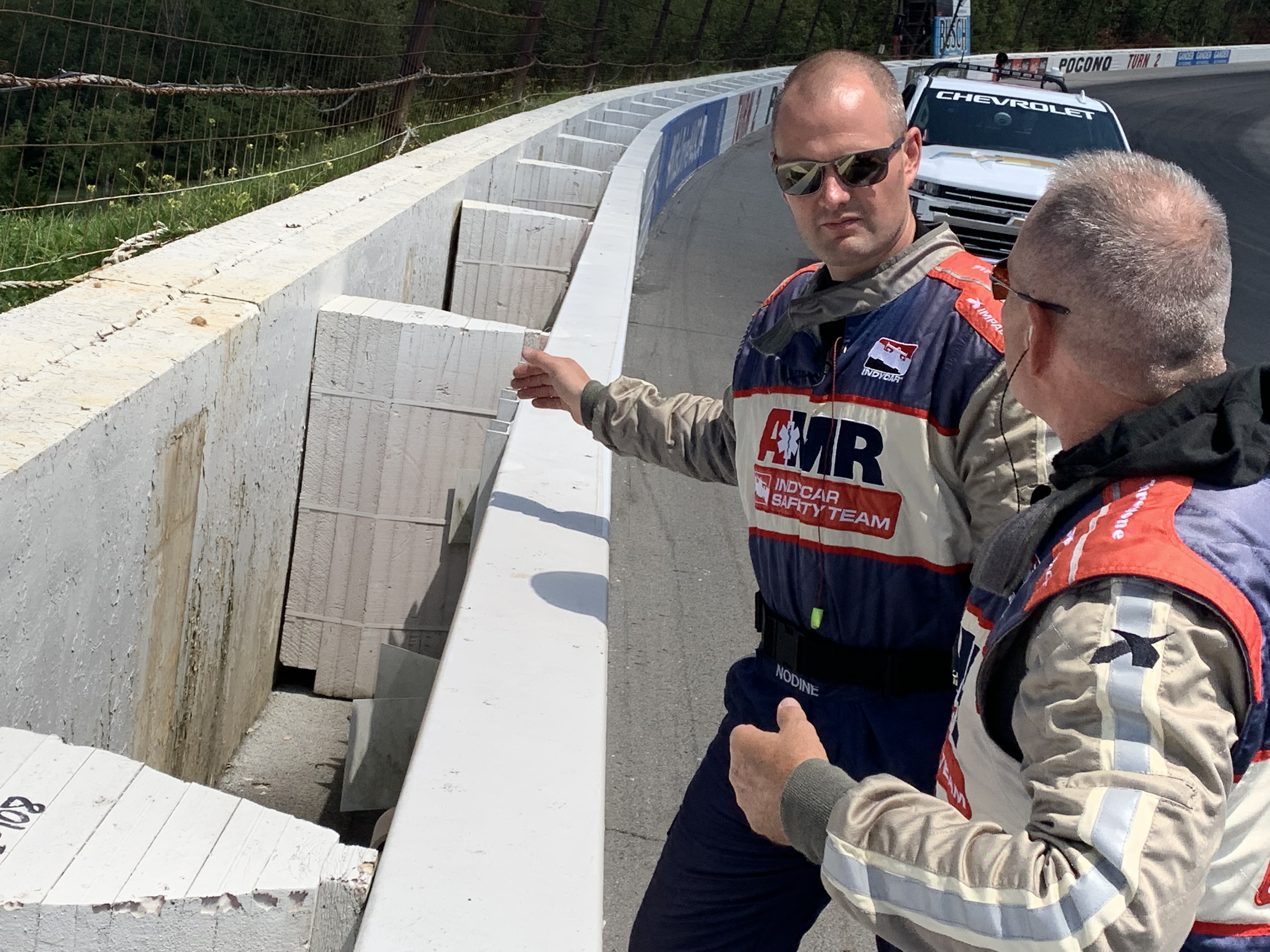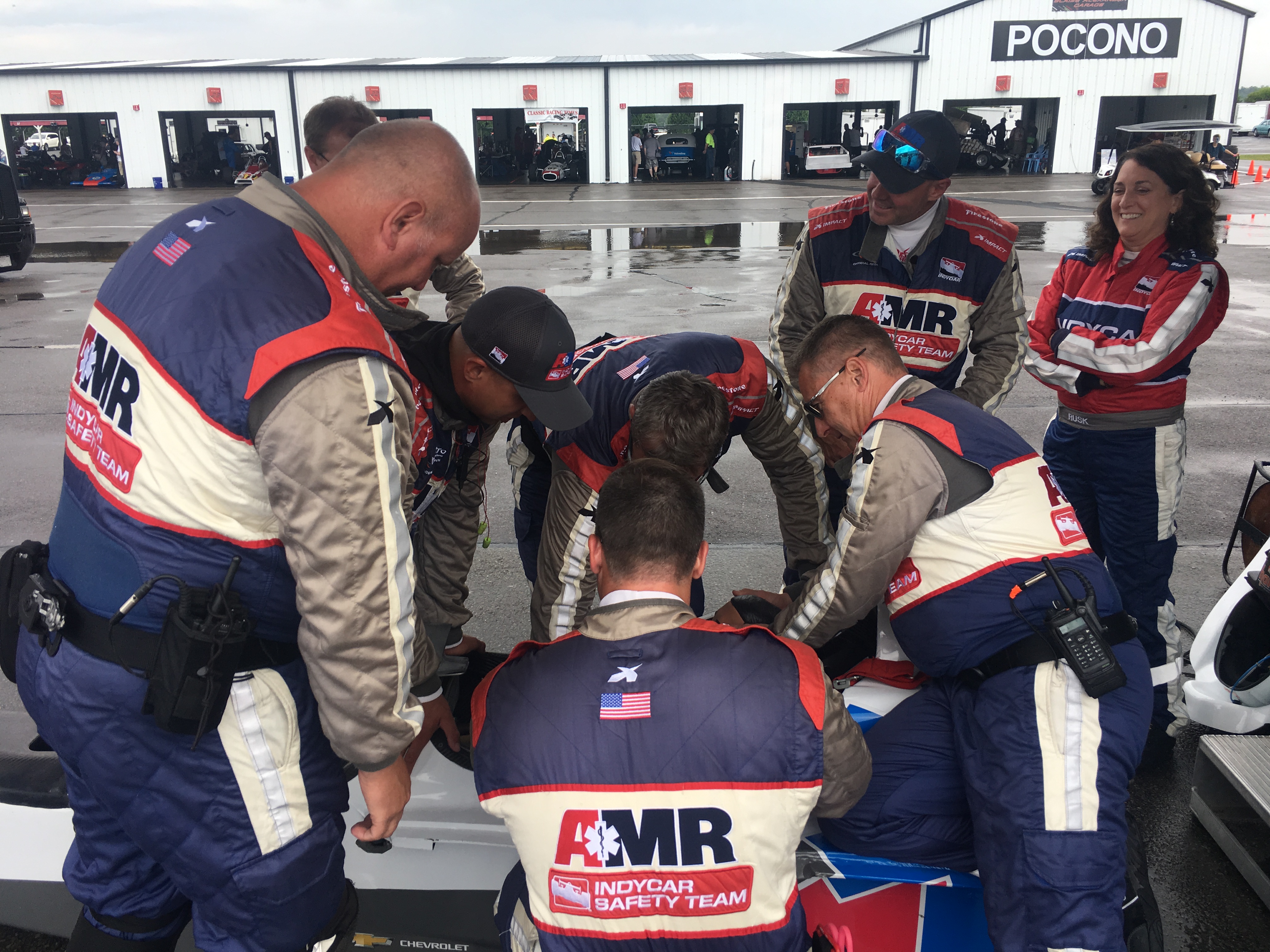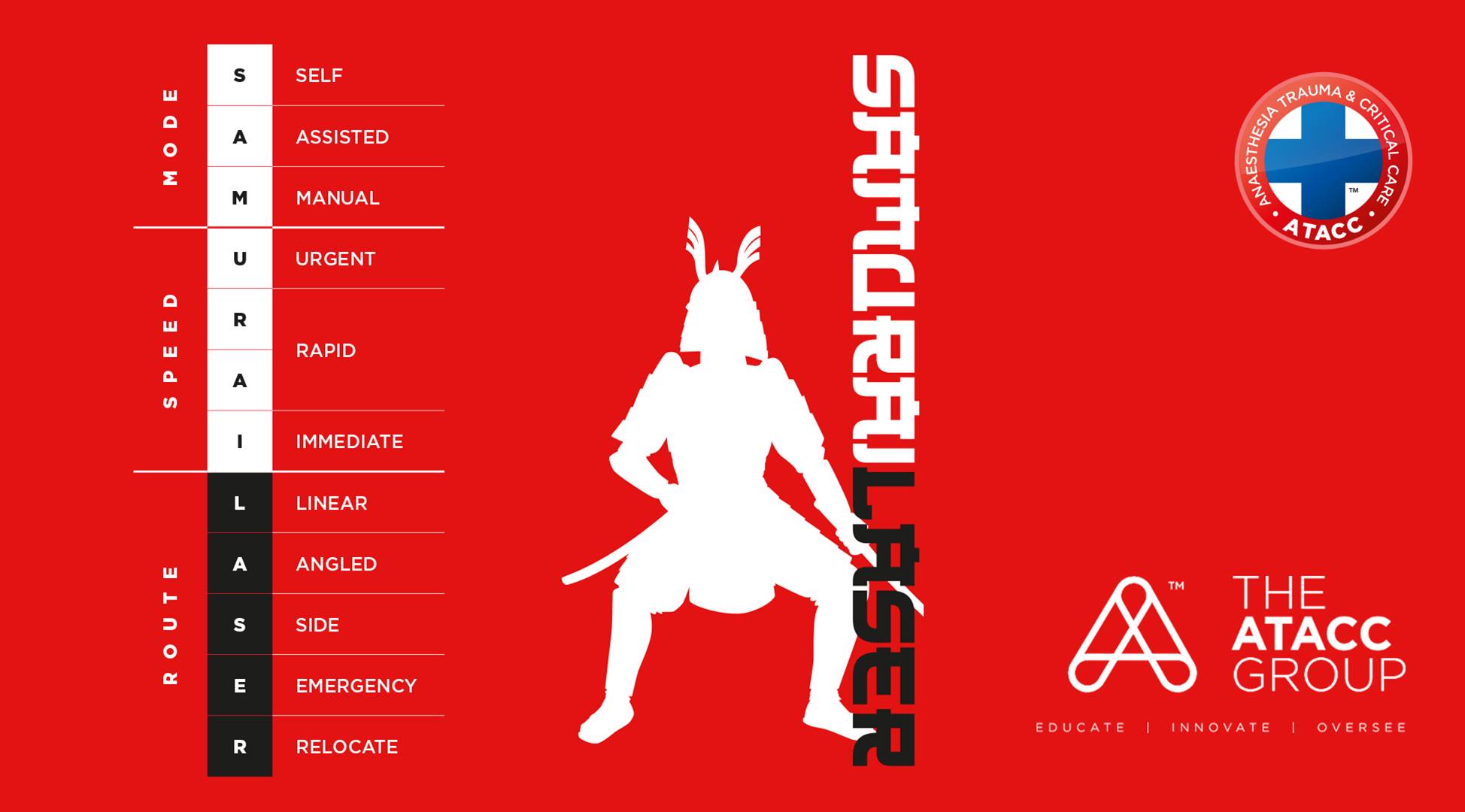Extrication Tango: Learning from Motorsports Rescue
 When I started in the Fire Service about fifteen years ago the cars on the road were of a completely different quality than today’s vehicles. The method of extrication was less developed and the tools we used were slower and heavier. The extrication approach I learned was built on ‘take your time’: your patient entrapped is like glass and you definitely don’t want to hurt or damage your patient. Luckily nowadays we have better developed rescue tools (quicker and easier to handle), and our tactics have evolved into more time centered extrication techniques, to improve the patient’s chances of recovery.
When I started in the Fire Service about fifteen years ago the cars on the road were of a completely different quality than today’s vehicles. The method of extrication was less developed and the tools we used were slower and heavier. The extrication approach I learned was built on ‘take your time’: your patient entrapped is like glass and you definitely don’t want to hurt or damage your patient. Luckily nowadays we have better developed rescue tools (quicker and easier to handle), and our tactics have evolved into more time centered extrication techniques, to improve the patient’s chances of recovery.
However, as I’m writing this I know a lot of people still treat their patients the same way they treat glass: very, very carefully. Which in a lot of cases would be my approach as well, but what if the person who got trapped inside that vehicle happens to be a time critical patient? How is your Fire Service prepared and trained for such a case? How do you communicate with your own crew and with others in (multi-agency) incidents? What choices do you make to speed up the extrication process?
Rescue in Motorsports
I have been lucky enough to watch and learn from FIA Medical/Safety Teams as well as the AMR INDYCAR Safety Team. What I saw in both organizations is that the extrication and/or extraction* of a patient trapped in their vehicle is quite often time critical. Of course the focus is first and foremost on the patient’s state of health, but having a race stopped or going on at a slow pace is also an important consideration. The rescue teams want to work quickly to free the track and continue the race.
* Extrication or extractionIn Motorsports Rescue lifting a driver out of its car is referred to as extrication and extraction. Within Fire and Rescue, extrication almost always involves the use of (hydraulic) rescue tools, when in Motorsports most of the times it does not. Therefore in this blog we talk about extraction when the driver is lifted out of a car and extrication when rescue tools are involved. |
When I had a ride-along weekend with the AMR INDYCAR Safety Team at the Pocono track, we discussed different scenarios and practiced a couple of hours on how to approach an incident. How to communicate? What is the driver’s state of health? Do we need manual extraction or can the driver self-extricate? This procedure is always lead by a medic, whose role is to triage the driver and determine the method of extraction.
When manual extraction is chosen, all team members have their roles and will work as quickly as they can and at the same time treat their patient like glass. The teams responsible for racetrack safety are well trained and certified for their roles.

The first time I watched a safety crew perform a manual extraction it felt a bit like seeing six people do a complicated version of the tango. All team members had their positions around the car, they all had a specific task and when they started lifting the driver out of the vehicle they all moved and performed in sync. As if they followed an inaudible tune which guided them through the dance moves of this extrication tango.
Rescue in the Fire Service
Now back to the Fire Service. With what I learned from our FIA partnership in mind I started to take a fresh look at the way we do things in the Fire Service. What if we can improve some methods in order to, well ‘hear the tune of the extrication tango’?
We have all been using the Team Approach for many years. And I’d say this is still an actual and valid work process which guides us through a complete road crash rescue scenario. However, looking at communication and the different scenarios we can encounter, we may want to consider making several steps optional or better yet: have some additional steps in order to create our own dance moves.
I’m going to give you two examples as food for thought when discussing Team Approach additions.
Example 1: Communication – SAMURAI LASER
Our friends from ATACC in the UK came up with the SAMURAI LASER acronym a couple of years ago. It stands for:
Mode | Speed | Route |
| Self | Urgent (20 min) | Linear |
| Assisted | Rapid (<5 min) | Angled |
| Manual | Immediate (<1 min) | Side |
| Emergency | ||
| Relocate |
The acronym helps you determine the extrication mode, speed and route. But above all it helps you communicate in a multi-agency scenario. When everybody is aware of the game plan, it is much easier to determine the next steps and be prepared. An acronym like SAMURAI LASER would be a nice addition to the Team Approach in order to make communication easier.

Example 2: Stabilization – Considering options
Following the Team Approach, once the scene of a road traffic accident has been assessed the next step is stabilizing the vehicle. Let’s take a closer look at our options here. For instance if we arrive at a scene where a driver is hurt but not entrapped, the medic has determined that the patient can self- extricate (Self; Urgent; Side). In that case, is there a need for us to stabilize the vehicle?
Or when the door is jammed and we want remove the door for the patient to get out by themselves (Assisted; Urgent; Side). Is there a need for a fully stabilized vehicle? Is removing the glass necessary? Like we wrote in our previous blog, glass management is more than breaking glass.
Stabilizing should always be considered and blocking the wheels to stop unwanted motion of a car is my first approach. But to fully stabilize a vehicle takes time. Time we can save and use for patient care. Obviously when you need a solid platform to support your hydraulics during extrication, chocks and blocks are needed. But then again you can ask yourself: Do we need full stability or is a part enough to complete our action and free the patient faster?
From race to road safety
I found it fascinating to watch the coordinated dance moves from the Motorsports Rescue team, especially when freeing a patient from an open cockpit race car. However, the reason is never attractive of course. The focus on a medically lead extrication and the lack of time, the lack of necessity and space for vehicle stabilization taught me that in the Fire Services we can also have an open discussion about whether and how much we need to stabilize a vehicle.
It goes without saying that if a car is on its side or roof and likely to move or roll when we start our extrication we need to stabilize the scene first. Safety of our rescuers and patient goes above all! But taking my cue from what I’ve learned from Motorsports Rescue, whenever I train at my own Fire and Rescue Service or when I train customers somewhere in the world I like to discuss their points of view on stabilization, time management and communication.
So the two examples I gave you – an acronym to help your communications at the rescue scene and examining the options of full stability or not – are like I said food for thought, meant to encourage you to discover your options to renew or improve your performance.
Questions you can ask yourself: What method do you use to communicate the steps in the extrication plan? Do you have an acronym or a more quick and dirty phrase that makes all rescuers play on the same field and know what to do? Does your team consider different options for stabilization of the vehicle at a rescue scene? Have you modified steps of the Team Approach or added your own steps?
I look forward to your ideas in the comments.
Ronald de Zanger
Holmatro Rescue Consultant